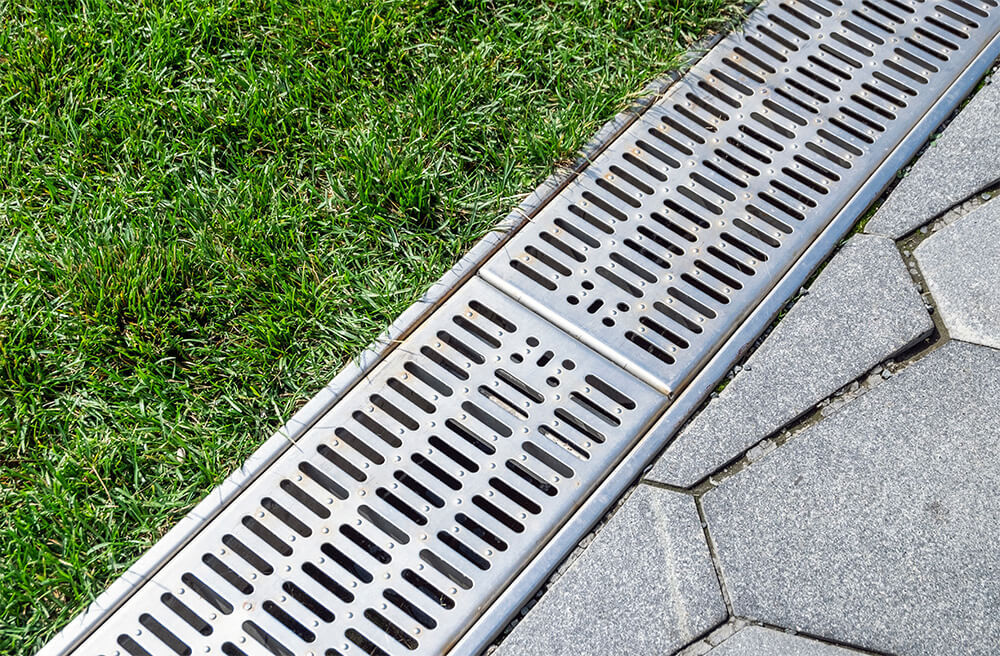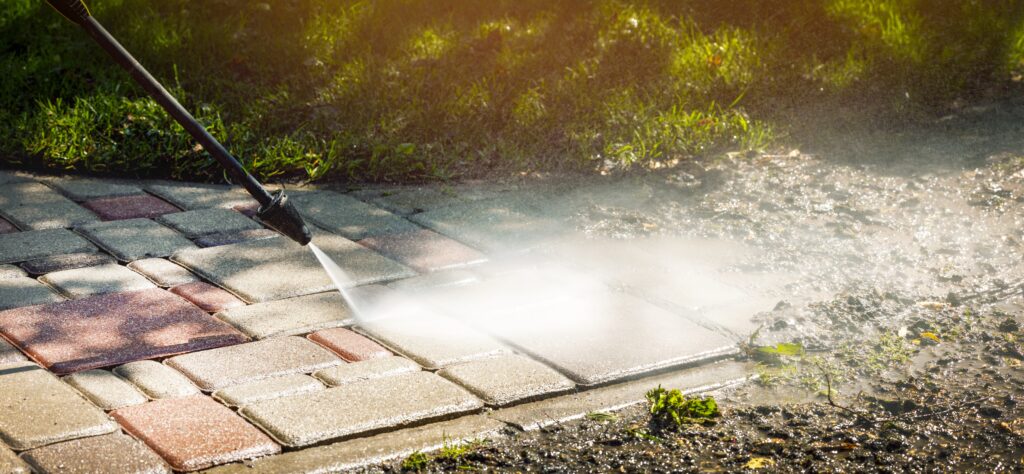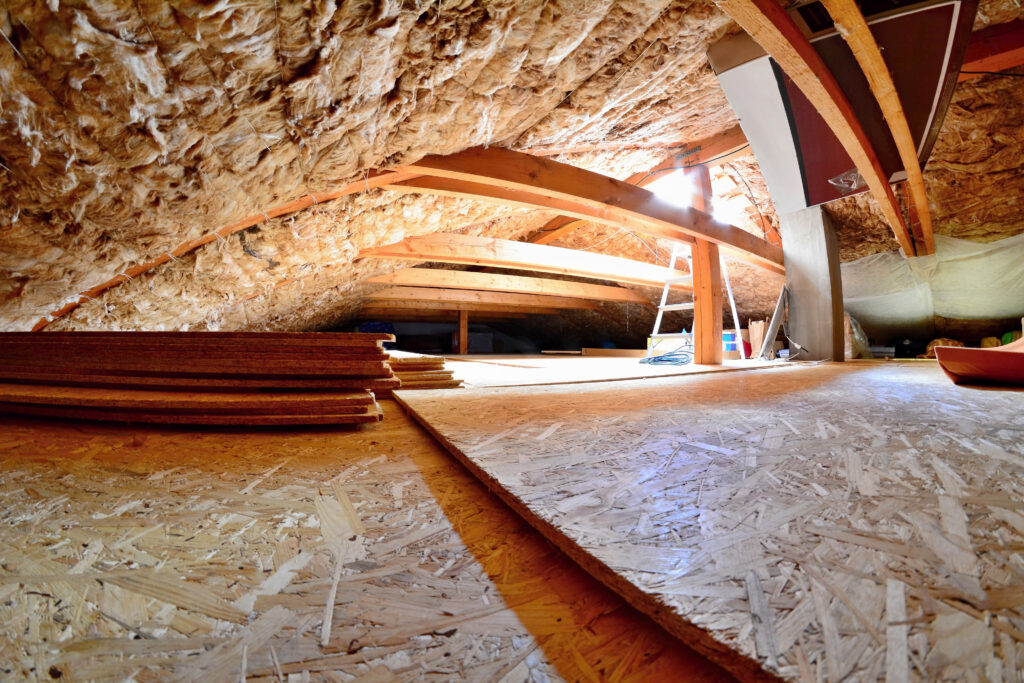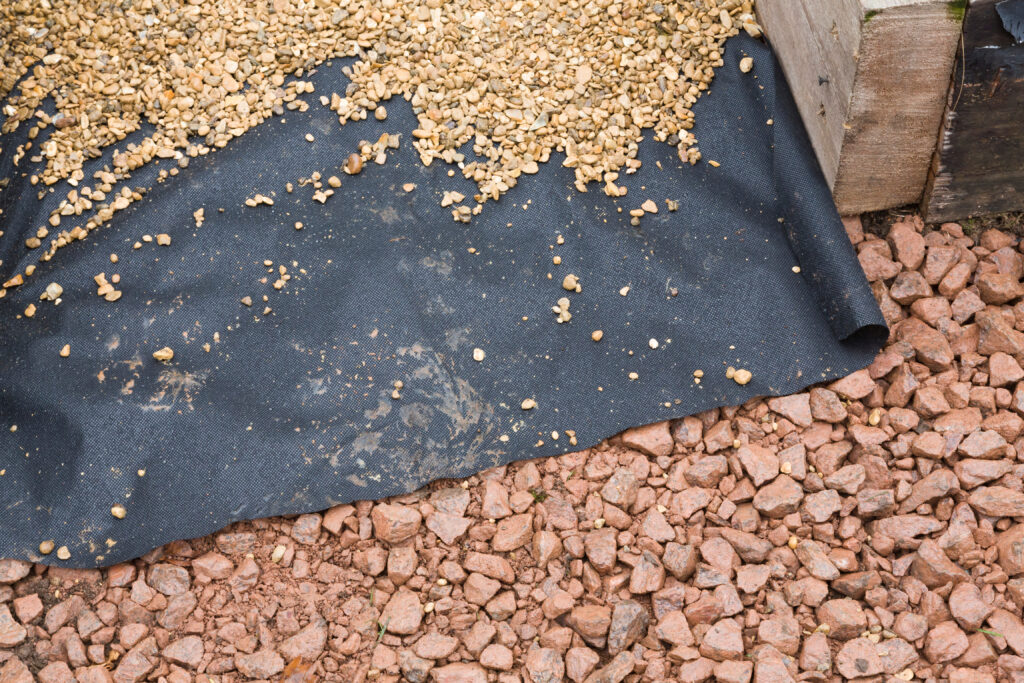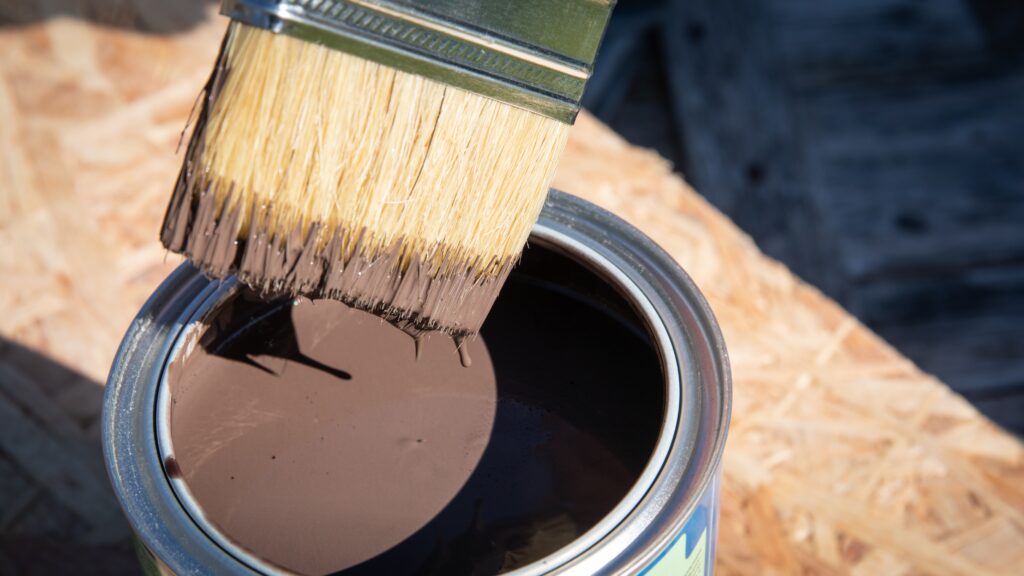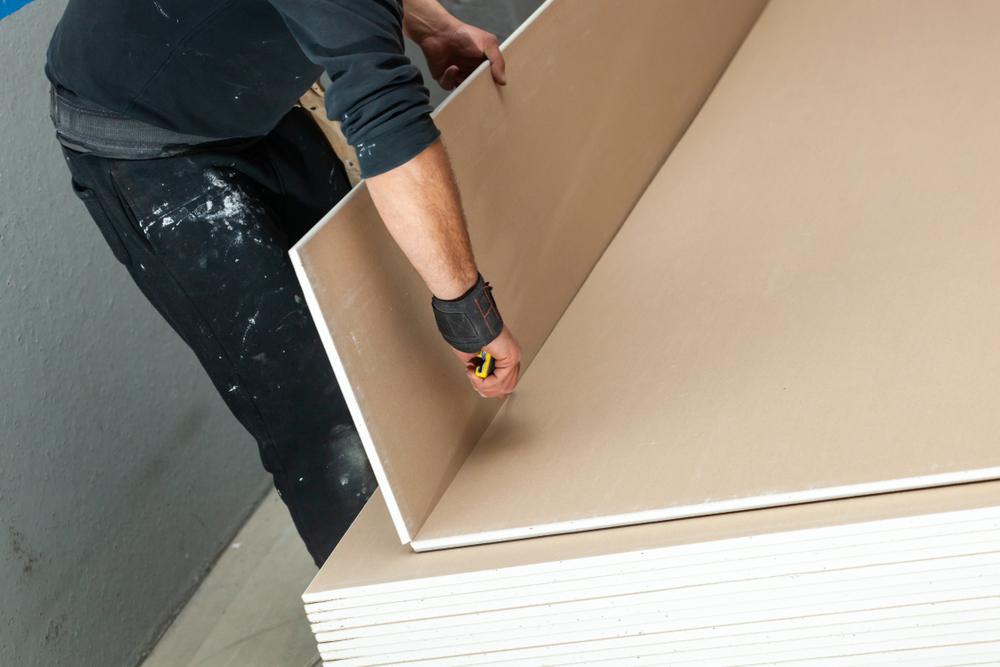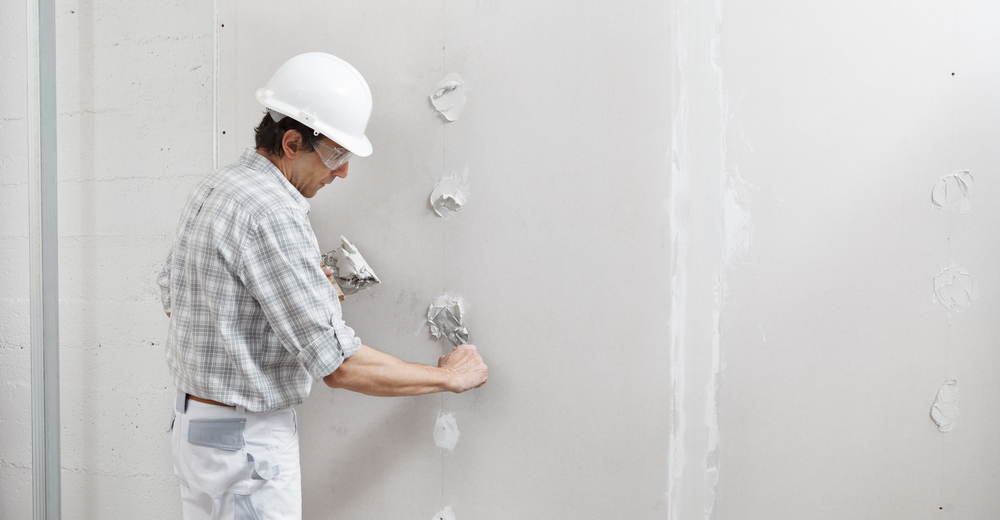Is Fibreglass Dangerous?
| by Holly Wood

Fibreglass insulation has long been a topic of concern when it comes to its potential impact on human health. In this blog, we aim to address the question that has lingered in the minds of many: Is Fibreglass Dangerous?
As we embark on this exploration, we will delve deep into the world of fibreglass, examining its composition, the risks associated with exposure, its effects on public health, and the measures one can take to stay safe.
Join us on this journey as we uncover the facts and dispel the myths surrounding this versatile but potentially hazardous material.
Understanding Fibreglass Insulation and Its Composition
Before we explore the potential dangers of fibreglass insulation, it’s essential to understand what it is.
Fibreglass, also known as fibrous glass or glass wool, is a fiber insulation material composed of tiny glass fibres.
These glass fibres are the main fibre-forming substance in fibreglass and are typically bonded together with a plastic reinforcement.
The insulation material can vary in fibre size, with some smaller fibres being almost microscopic.
Fibreglass Insulation and Public Health
Short-Term Health Effects
Exposure to Fiberglass: When individuals come into contact with fiberglass insulation, especially through skin contact, it can cause skin irritation. This may manifest as redness and discomfort, making it essential to take precautions to reduce skin contact with fibreglass.
Upper Respiratory Tract Irritation: Inhalation of airborne fibreglass particles can irritate the nose and mouth, leading to upper respiratory tract irritation. This irritation can be temporary but can cause discomfort and coughing.
Temporary Stomach Irritation: In some cases, ingesting fibreglass particles can cause temporary stomach irritation.
Long-Term Health Risks
While short-term exposure to fibreglass can cause discomfort and irritation, the more significant concern lies in potential long-term exposure.
Prolonged contact with fibreglass can lead to adverse health effects, including the following:
Lung Tissue Damage: Long-term exposure to airborne fibreglass can result in damage to lung tissue. Inhalation of these tiny fibres over an extended period may contribute to respiratory problems and, in severe cases, may increase the risk of lung cancer.
Possible Human Carcinogens: The International Agency for Research on Cancer (IARC) has classified certain types of fibreglass as “possibly carcinogenic to humans,” indicating a potential link between fibreglass exposure and cancer.
Occupational Exposure: Workers in industries that handle fibreglass insulation and related materials may be at a higher risk of occupational exposure, which can have long-term health implications. Occupational exposure is a particular concern in the construction and insulation industries.
Mitigating the Risks of Fiberglass Exposure
To reduce the potential health risks associated with fibreglass, it’s crucial to take appropriate precautions:
Wear Protective Gear: When working with fibreglass insulation or materials, individuals should wear safety goggles with side shields, safety glasses, and gloves to reduce exposure. Loose-fitting clothing can also help prevent fibreglass fibres from coming into contact with the skin.
Minimise Skin Contact: Avoid touching fibreglass materials directly whenever possible and wash any exposed skin promptly if contact occurs.
Use Proper Ventilation: Adequate ventilation in indoor environments can help reduce the concentration of airborne fiberglass particles, decreasing the risk of inhalation.
Clean Up Safely: After working with fibreglass insulation, it’s essential to clean up the area properly. A shop vacuum equipped with a HEPA filter can help capture glass fibers effectively.
Conclusion
So, is fibreglass dangerous? To sum it up, fibreglass can be potentially dangerous, especially with long-term exposure.
While it is widely used for insulation and other purposes, it is crucial to take precautions to reduce exposure and protect against possible adverse health effects.
Public health divisions, government agencies, and occupational safety organisations continue to study and regulate fibreglass materials to mitigate risks to human health and the environment.
Understanding these risks and practising safety measures is essential for anyone working with or exposed to fiberglass to ensure their well-being.
Related Posts

Chipboard vs MDF: Unveiling the Differences and Making the Right Choice

40 Financial Experts Reveal If Investing In Real Estate Is Worth It

International Men’s Health Week: Our study into men’s health and a medical guide to treating common ailments

Insulation Rolls vs Insulation Slabs: Which Type is Better in a Partition Wall

Battle of the Builder’s Brew! Best way to make tea revealed (it’s never milk first, FYI)

Tidy house, tidy mind: Over half of Brits start DIY and home improvement projects to help mental health

Best in the bedroom: Survey reveals tradesmen make the best lovers

32% increase in ‘Doomsday Preppers’ building bunkers and safehouses










